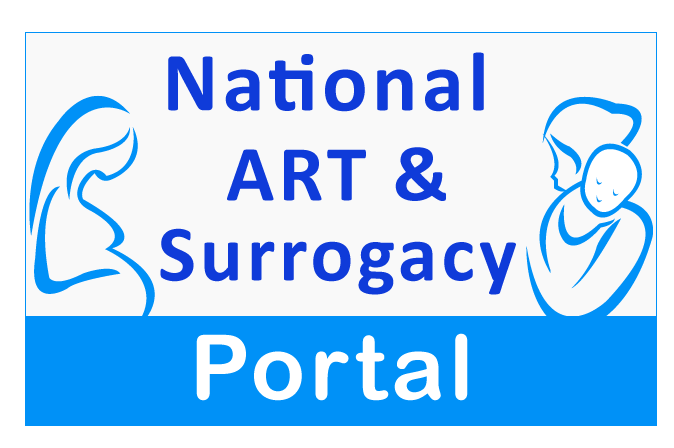FAQ's
Frequently Asked Questions
Infertility" means the
inability to conceive after one year of unprotected
coitus or other proven medical condition preventing
a couple from conception.
Infertility may be caused by
a number of different factors, in either the male or
female reproductive systems. Infertility can also be
due to unexplained causes
The most common causes for
infertility in males are;
varicocele
infection
ejaculation issues
abnormal sperm function and quality
tumors
undescended testicles
hormone imbalances
abnormal shape (morphology) and movement
(motility) of the sperm negatively affect
fertility
Most infertility cases are
treated with conventional therapies, such as
medications, surgeries, IUI or IVF. Doctors
recommend specific infertility treatment on the
basis of the requirement of the patien
No infertility is not a
genetic disorder. But some of the conditions like
PCOS, premature ovarian failure, Endometriosis, etc.
have been associated with a genetic linkage. In
cases of males, genetic con
Both male and female
factors can contribute to infertility. It is
essential for both the partners to be evaluated
during an infertility work up.
Assisted reproductive
technology" means all techniques that attempt to
obtain a pregnancy by handling the sperm or the
oocyte outside the human body and transferring the
gamete or the embryo into the reproductive system of
a woman.
The different ART
procedures that are available today are:
Invitro Fertilisation (IVF) - This is the most
effective method of ART and is the most common.
Intauterine Insemination (IUI) - Intrauterine
insemination (IUI) is an office procedure in
which prepared sperm cells are placed directly
into a woman’s cervix or uterus to produce
pregnancy, with or without ovarian stimulation.
Intracytoplasmic sperm injection (ICSI) - In
this procedure a single sperm is injected into a
mature egg .
Zygote Intrafallopian Transfer (ZIFT) - In this
method the egg is fertilised in a laboratory and
the embryo is transferred into the fallopian
tube in its very early stage of development.
Gamete Intrafallopian Transfer (GIFT) - The eggs
and sperm are transferred into the woman’s
fallopian tube.
Surrogacy means a practice
whereby one woman bears and gives birth to a child
for an intending couple with the intention of
handing over such child to the intending couple
after the birth.
Altruistic surrogacy” means
the surrogacy in which no charges, expenses, fees,
remuneration or monetary incentive of whatever
nature, except the medical expenses and such other
prescribed expenses incurred on surrogate mother and
the insurance coverage for the surrogate mother, are
given to the surrogate mother or her dependents or
her representative.
It is an Act for the
regulation and supervision of the assisted
reproductive technology clinics and the assisted
reproductive technology banks, prevention of misuse,
safe and ethical practice of assisted reproductive
technology services for addressing the issues of
reproductive health where assisted reproductive
technology is required for becoming a parent or for
freezing gametes, embryos, embryonic tissues for
further use due to infertility, disease or social or
medical concerns and for regulation and supervision
of research and development and for matters
connected therewith or incidental thereto.
It is an Act to constitute
National Assisted Reproductive Technology and
Surrogacy Board, State Assisted Reproductive
Technology and Surrogacy Boards and appointment of
appropriate authorities for regulation of the
practice and process of surrogacy and for matters
connected therewith or incidental thereto.













